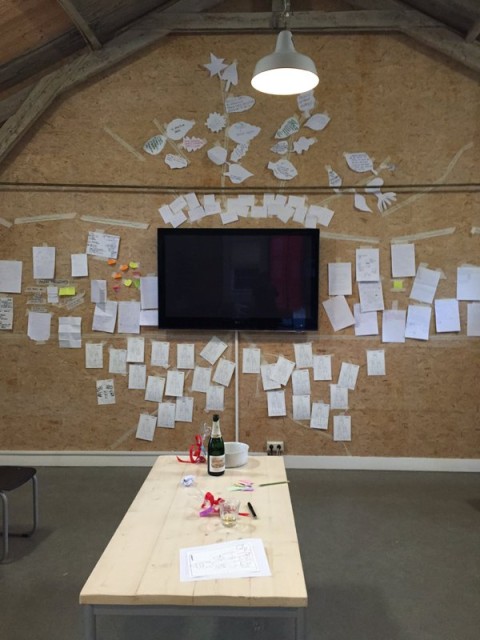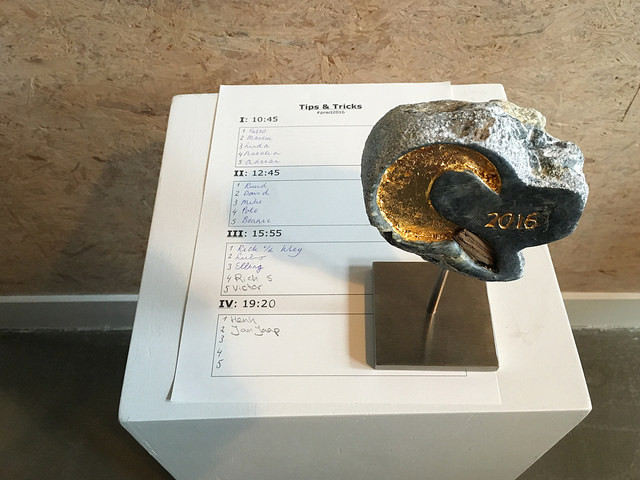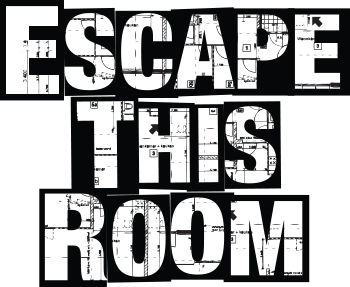Rethinking event formats

Seth Godin and I rethink event formats.
The other day I attended my lovely nephew Julian’s high school graduation.
Ah, the joys of graduation! Where graduates:
- wait in long lines;
- sit for hours on uncomfortable chairs;
- get sunburned; and
- listen to (mostly) boring speakers someone else chose.
All to:
- hear their name read amid hundreds of others;
- walk across a stage; and
- get a blank diploma (the real one is mailed later).
And there’s more! Your loved ones enjoy the same multi-hour experience, except they get to watch your fleeting stage walk from uncomfortable chairs a long way away!
Graduation is an Elementary Meeting: a social event that consists of an obligatory, tacitly agreed series of actions performed by those taking part. I’ve written about the power of Elementary Meetings to create original event designs — but some Elementary Meetings are poorly designed by today’s standards. Because they are a historic piece of our culture, we tend not to critically evaluate or rethink them. Instead, we take it for granted and put up with the ritual one more time.
Redesign graduation!
This is why it’s refreshing that Seth Godin applied design thinking to graduations and suggested some improvements:
“Who’s it for? What’s it for?
When we ask those two questions, great opportunities arrive.
A prime audience for graduation is the graduates. And what do they want? A moment in the spotlight. Official recognition. Digital media to prove it. Speed. Humor. Connection.
At the same time, expanding the amount of time spent parading each student on the stage for a photo and a handshake undermines most of that, and it alienates or numbs everyone else.
Consider: we have screens now. Our graduates believe in speed, screens and being seen.
I’d do the following things, simultaneously:
1. Instead of one team of two doing the handshake and photo dance, have three teams. I don’t think a student cares if it’s a dean or an associate dean (or even a department chair) who shakes their hand. With three processions at a time instead of one, we go from six people a minute to 20. That means, even if you change nothing else, you’ve cut the time by two-thirds.
Reading the names more quickly is easy if you have three people doing the reading instead of one. Read them with care, and respect, and honor them, but that’s no reason to dillydally.
2. You could add extra cameras and have all the photos instantly posted to Flickr or Instagram. This means that the pictures would be shared immediately and with more power.
3. But the real win is in using the iMax video displays. In the month before graduation, each student comes to an office at the school (you can have multiple offices that do this) and records themselves saying their name. Now, we have a video of their face, with their name in bold type below, saying their name with pride. Edited tightly, this would permit a fun, energetic video with each student in it. You could cut in, every few minutes, some singing groups, a on-campus charity event, etc. While the videos are rolling, when a student’s name comes up, she marches across the stage.
…Graduation is a milestone. We should make it feel like one again.”
—Seth Godin, Rethinking Graduation
To these excellent ideas, I’d add rethinking the interminable awards ceremony. I have no idea what most of the awards at Julian’s graduation were for or why they only announced some of them. (He won two that no one mentioned during the graduation.) Instead of watching a bunch of students stand up and sit down while listening to a list of awards, how about showing a tightly edited video explaining the awards and including names/pictures of the honorees right before the stage walks and adding the relevant awards to each student’s individual video? We’d get a complete picture of the student during their moment of glory.
Just because Elementary Meetings often provide powerful metaphors for reframing traditional meetings, doesn’t mean that they should escape scrutiny themselves. Rethinking cultural rituals from today’s perspective can often allow us to improve the experience, enhancing our pleasure in them without sacrificing their positive and important aspects.
Can you think of an Elementary Meeting (like lectures, weddings, galas, funerals, sports, baby showers) that could be fruitfully redesigned? Share your ideas in the comments below.

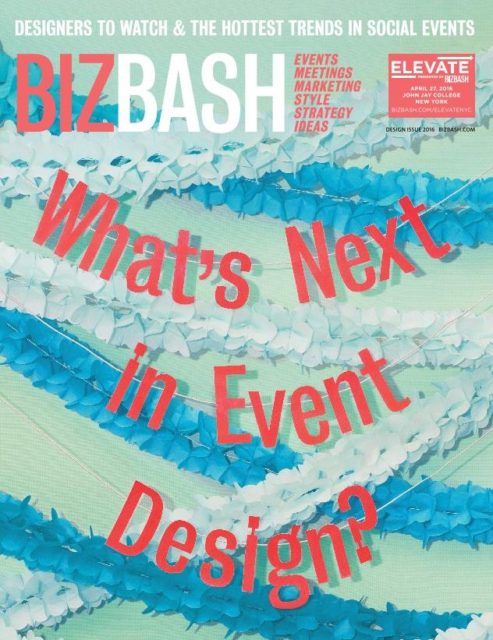
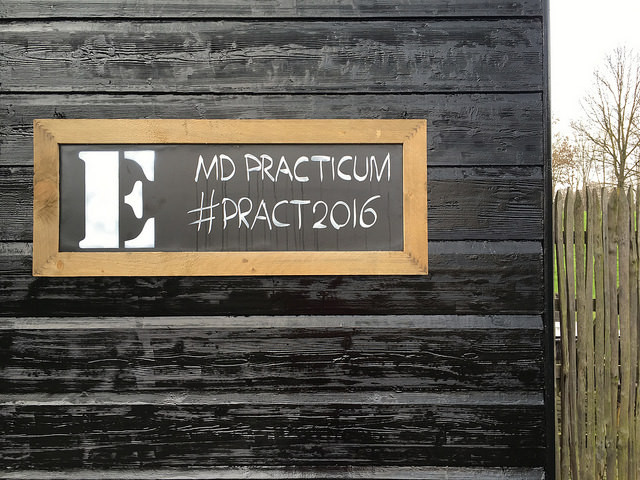 I’ve returned from a wonderful 48-hour whirlwind of experiments and play with 30 meeting designers in Utrecht, The Netherlands. We came from Europe, South America, Slovakia, and the U.S. (me) to learn, share, and connect at the first Meeting Design Practicum, hosted by Eric de Groot and his merry gang. Here are nine learnings from the first Meeting Design Practicum.
I’ve returned from a wonderful 48-hour whirlwind of experiments and play with 30 meeting designers in Utrecht, The Netherlands. We came from Europe, South America, Slovakia, and the U.S. (me) to learn, share, and connect at the first Meeting Design Practicum, hosted by Eric de Groot and his merry gang. Here are nine learnings from the first Meeting Design Practicum. I can’t give a complete survey of everything that happened at the Practicum. For one thing, I couldn’t attend every Practicum session because we often had to choose between simultaneous sessions. In addition, some of the important takeaways were already familiar to me, so I don’t include them here. Rather, I’ll share new insights that made an impression on me during our three days together. I apologize for not attributing them to specific people; suffice it to say that every single participant brought important insights and contributions to our gathering.
I can’t give a complete survey of everything that happened at the Practicum. For one thing, I couldn’t attend every Practicum session because we often had to choose between simultaneous sessions. In addition, some of the important takeaways were already familiar to me, so I don’t include them here. Rather, I’ll share new insights that made an impression on me during our three days together. I apologize for not attributing them to specific people; suffice it to say that every single participant brought important insights and contributions to our gathering.